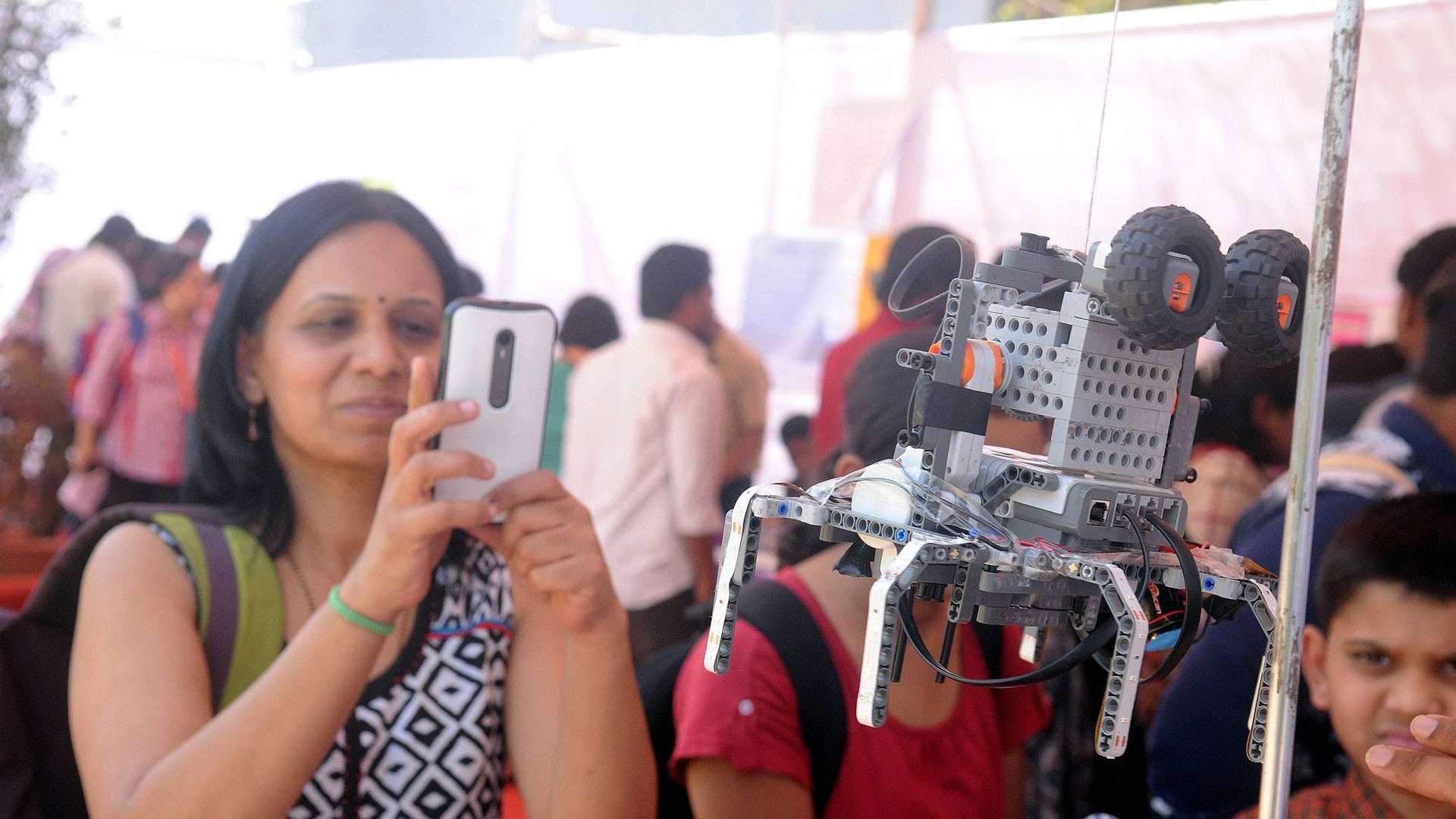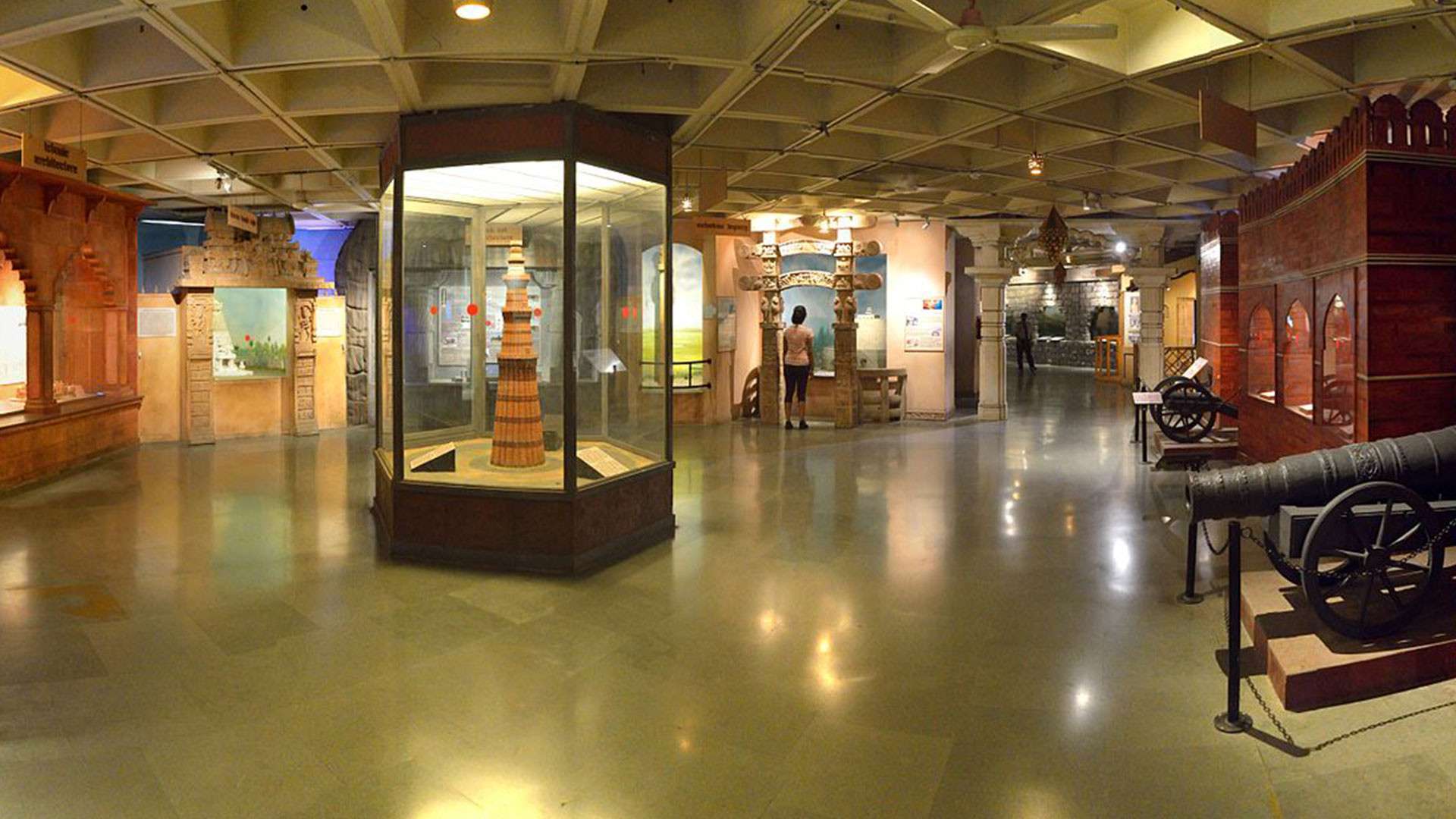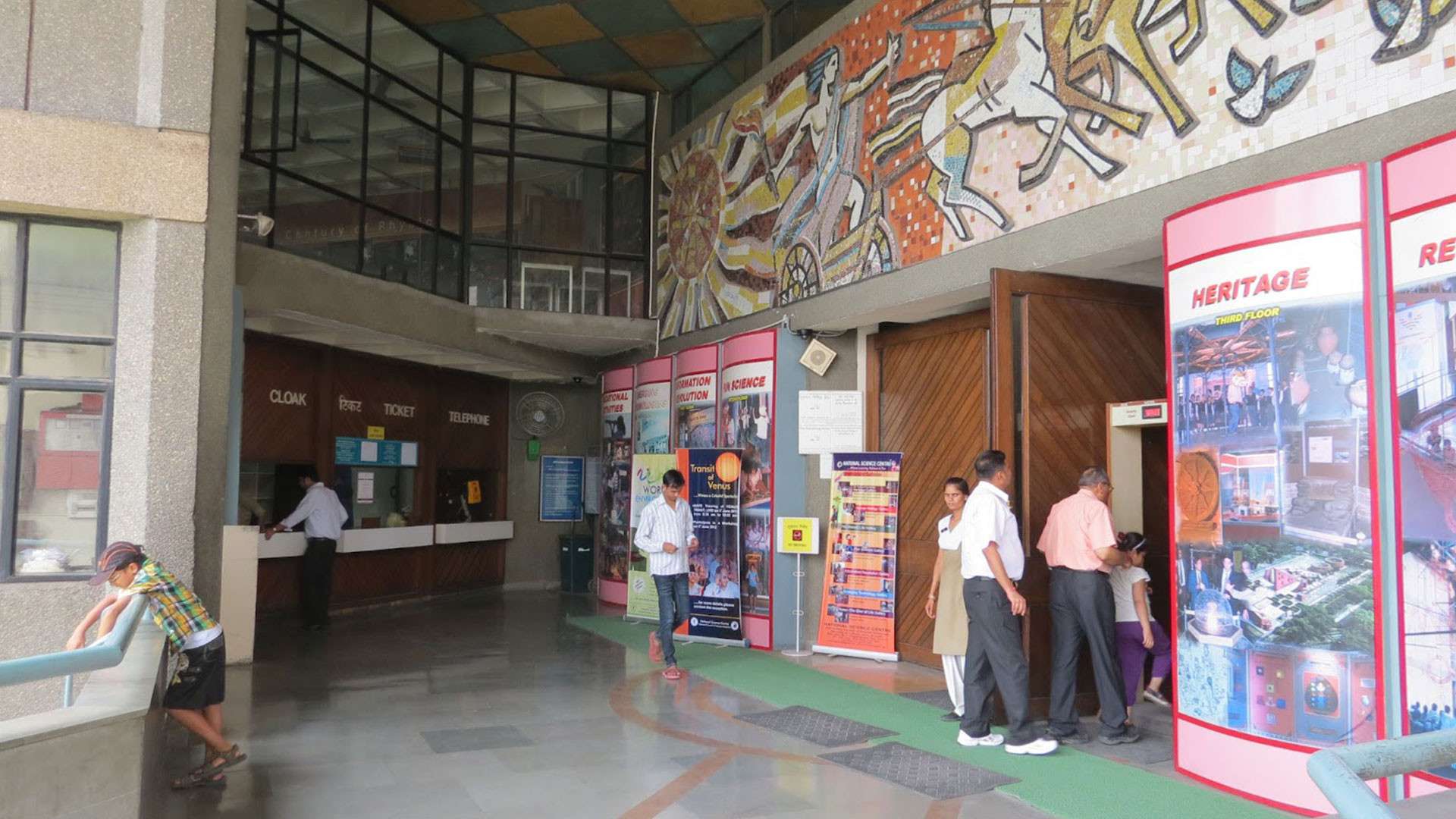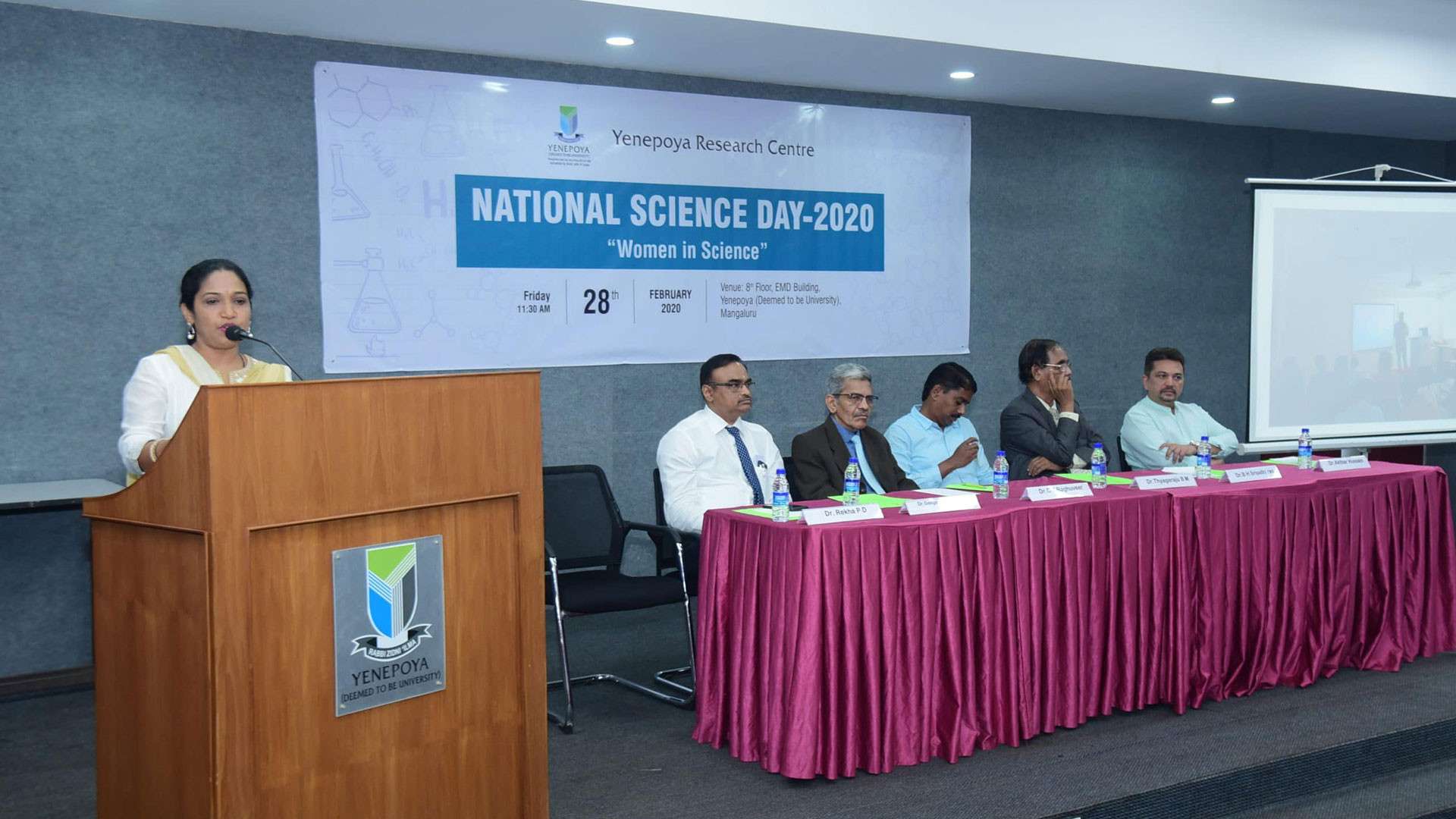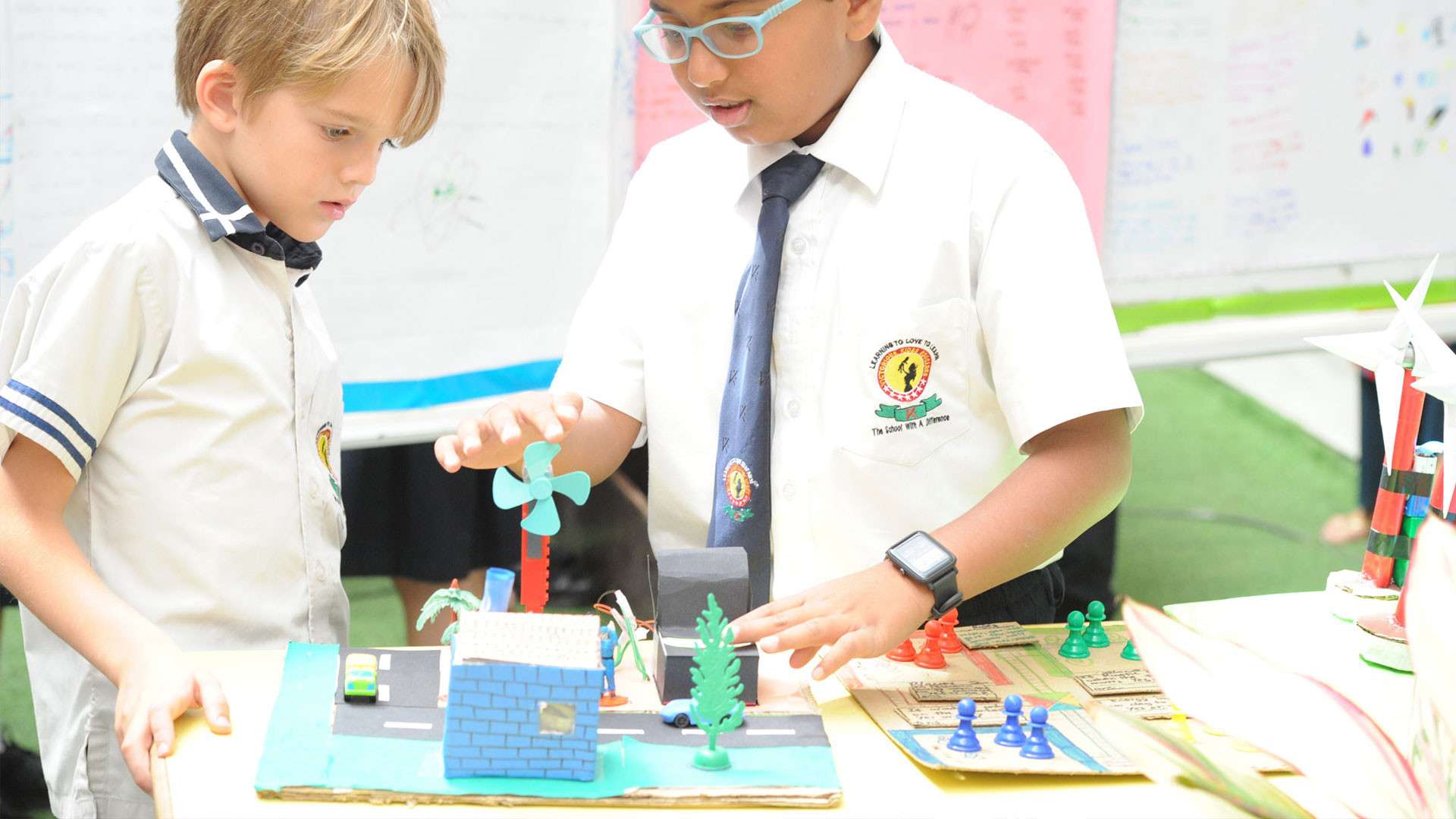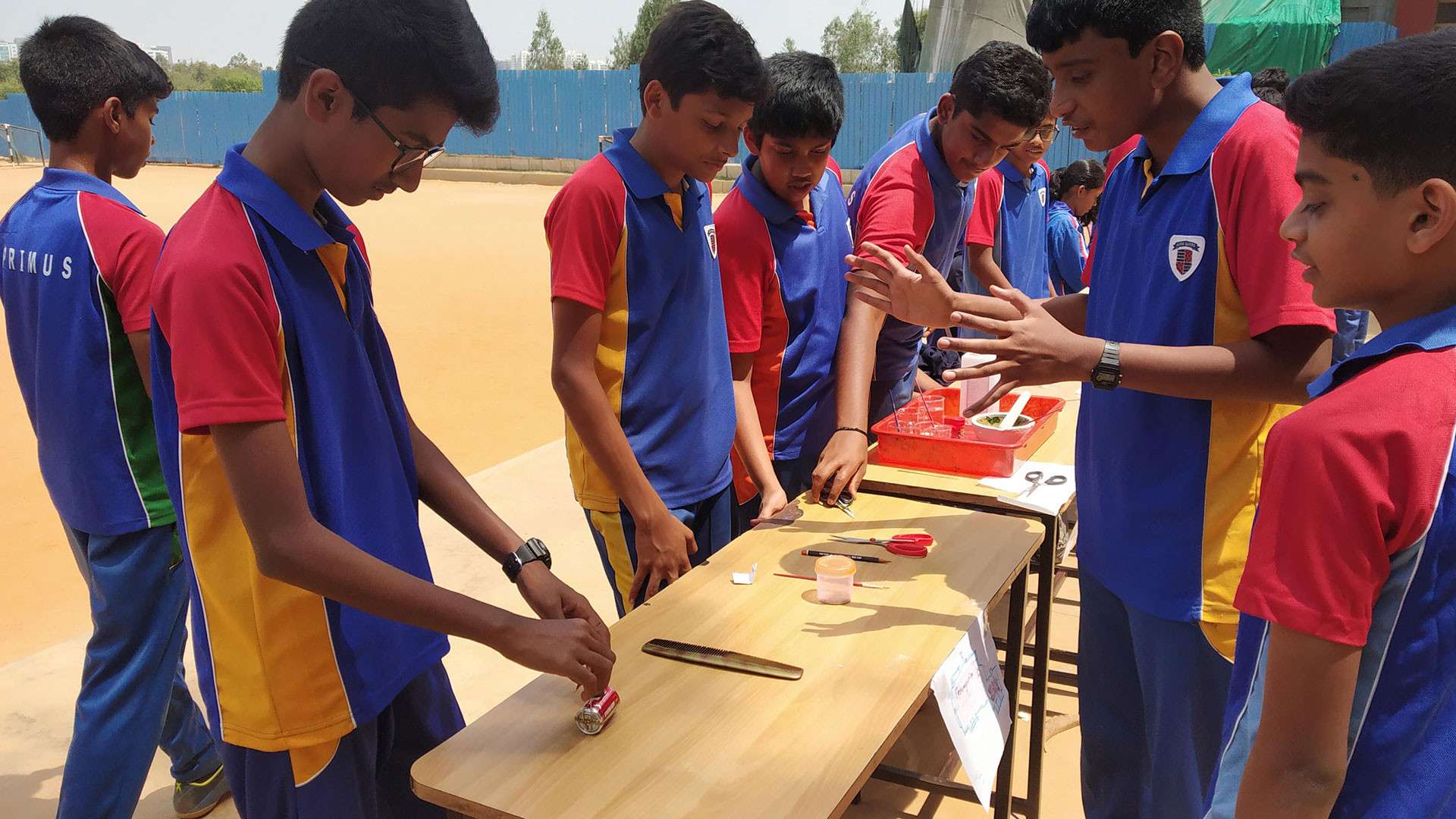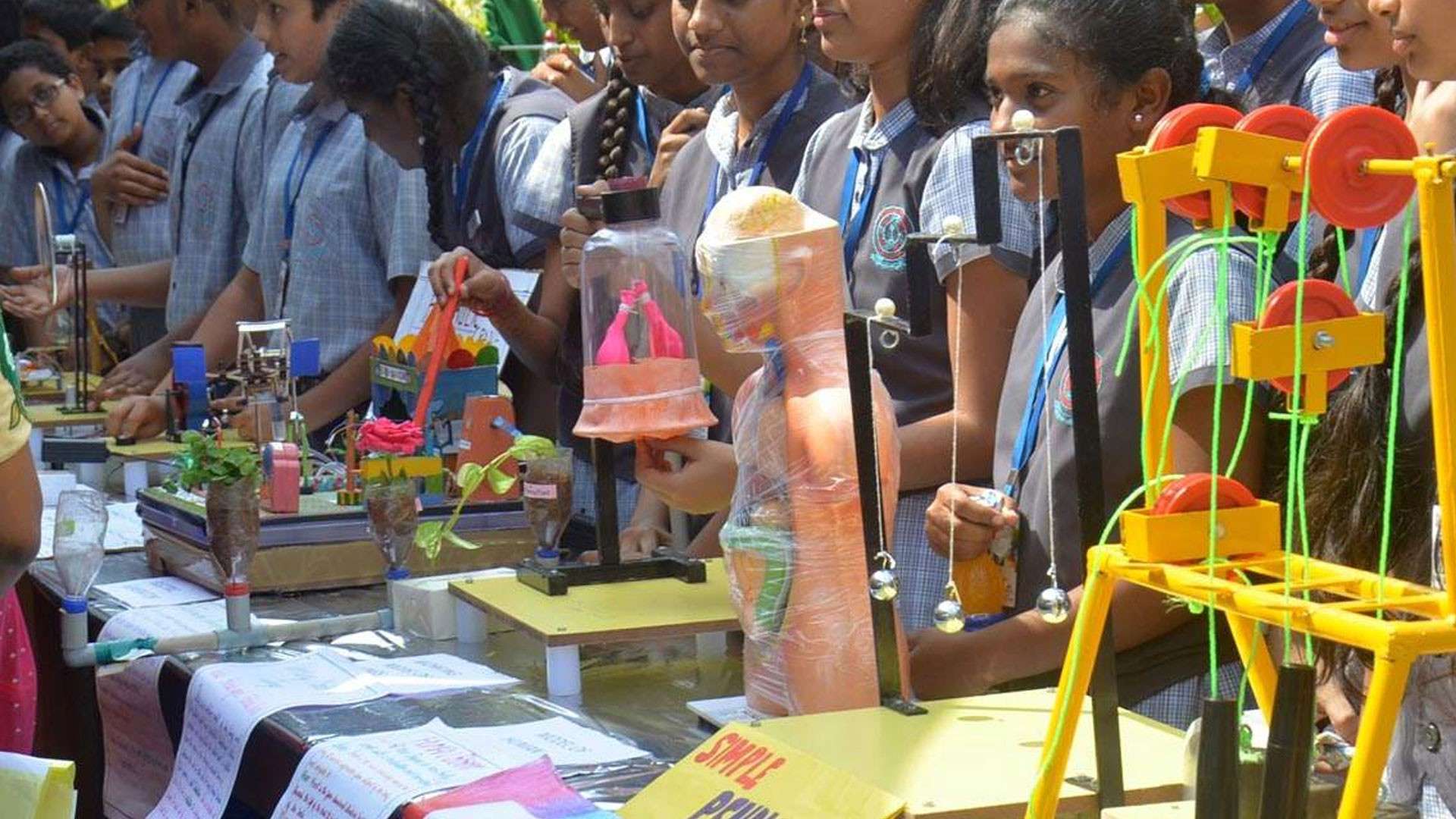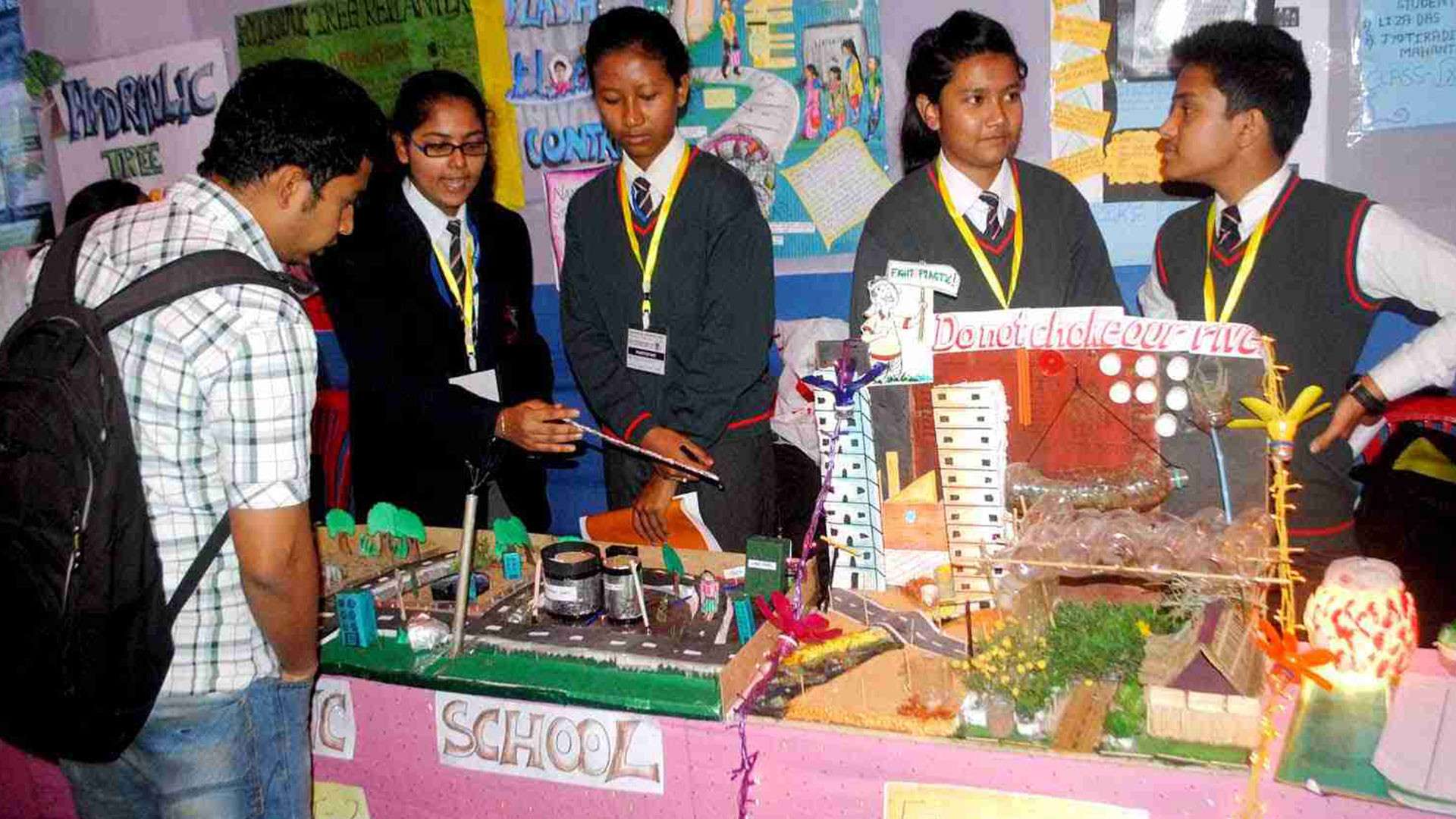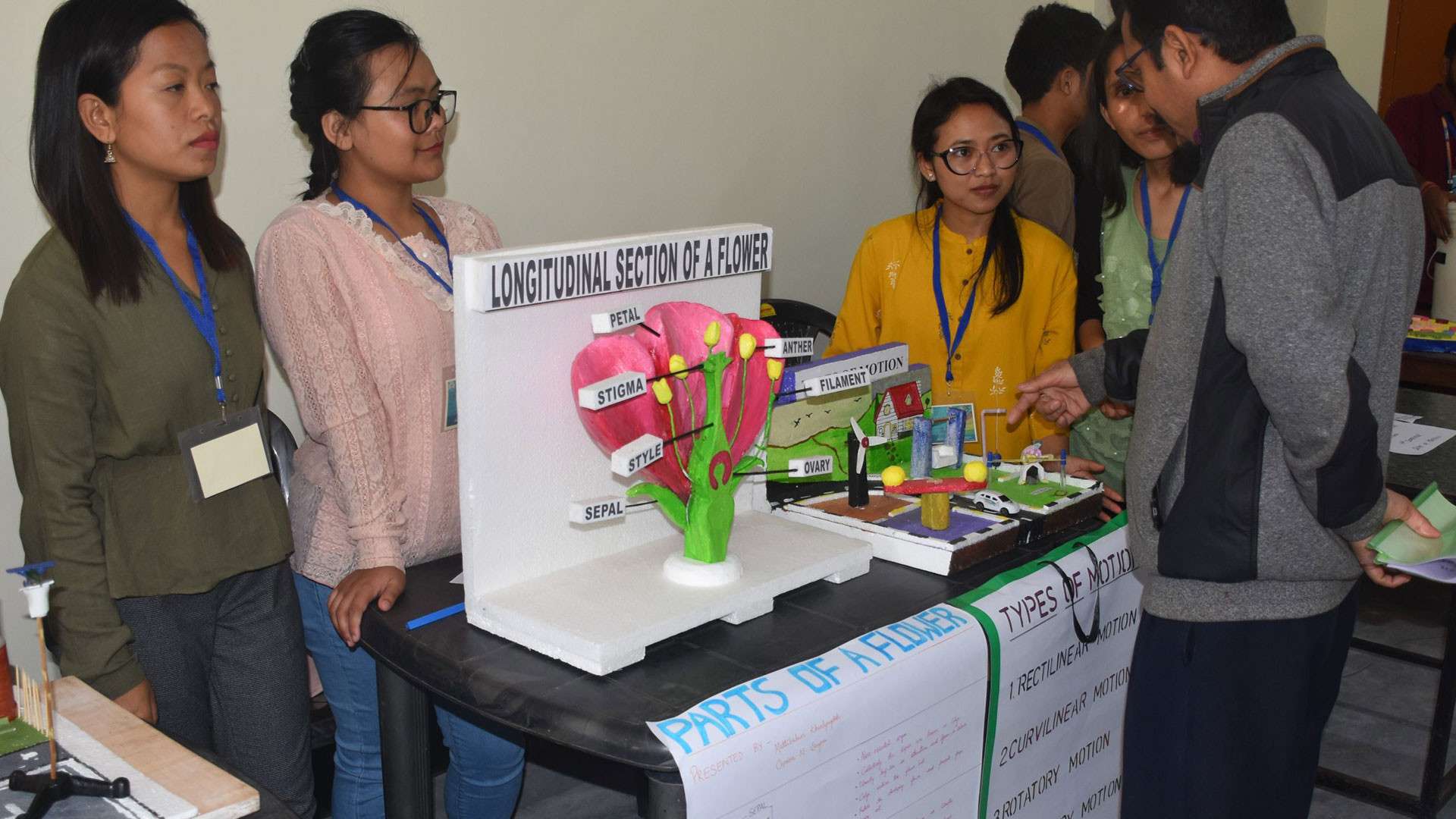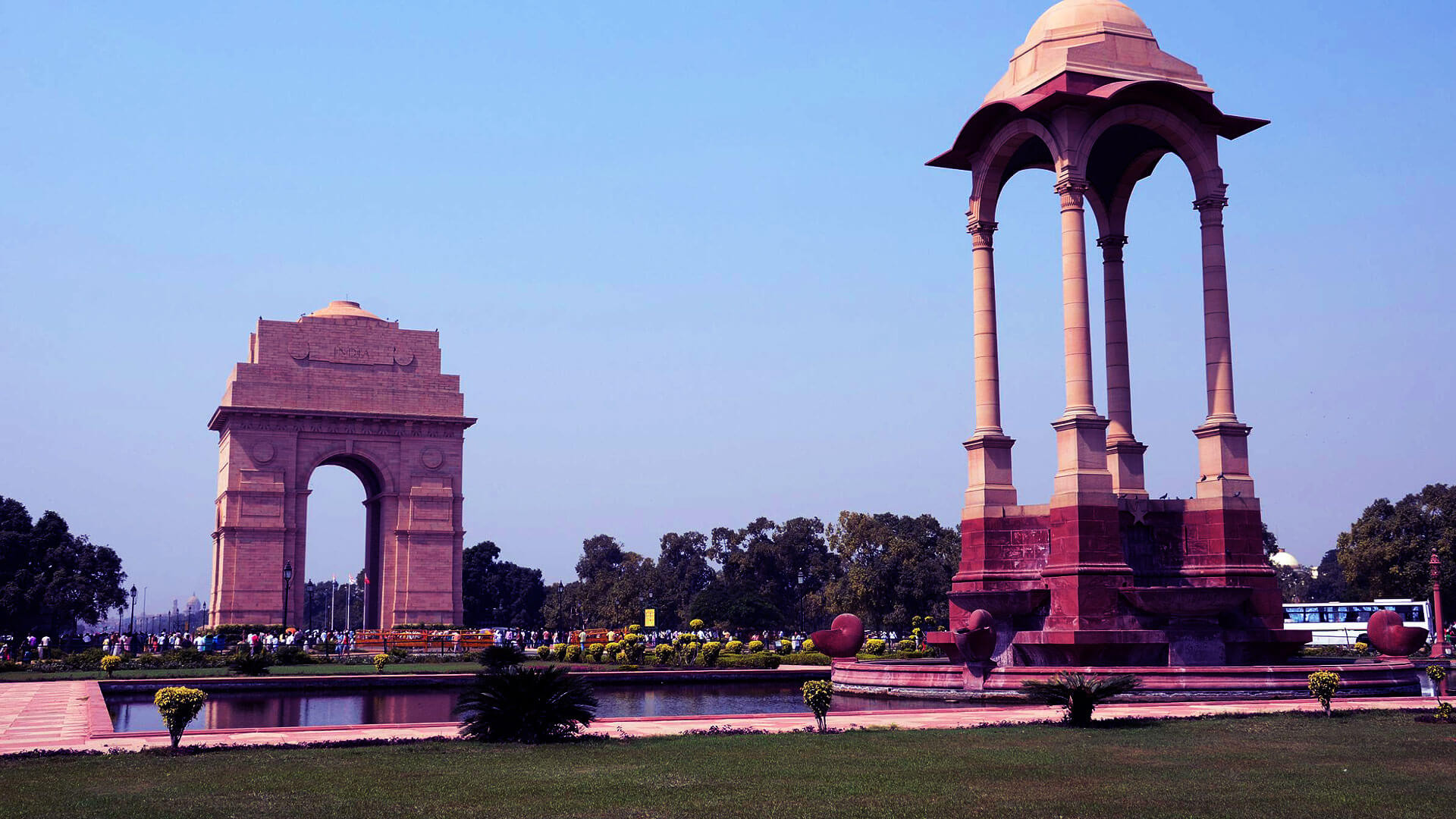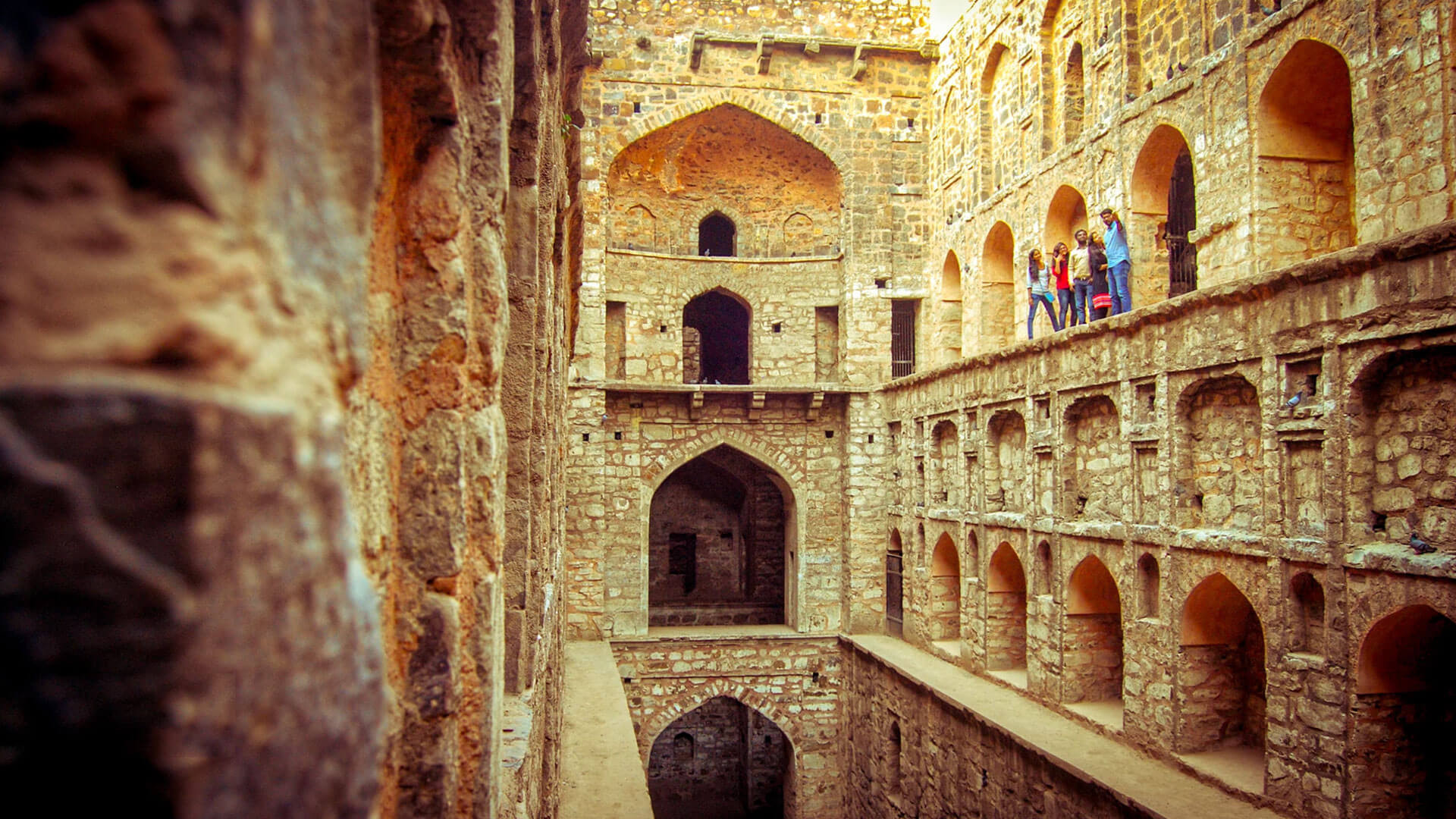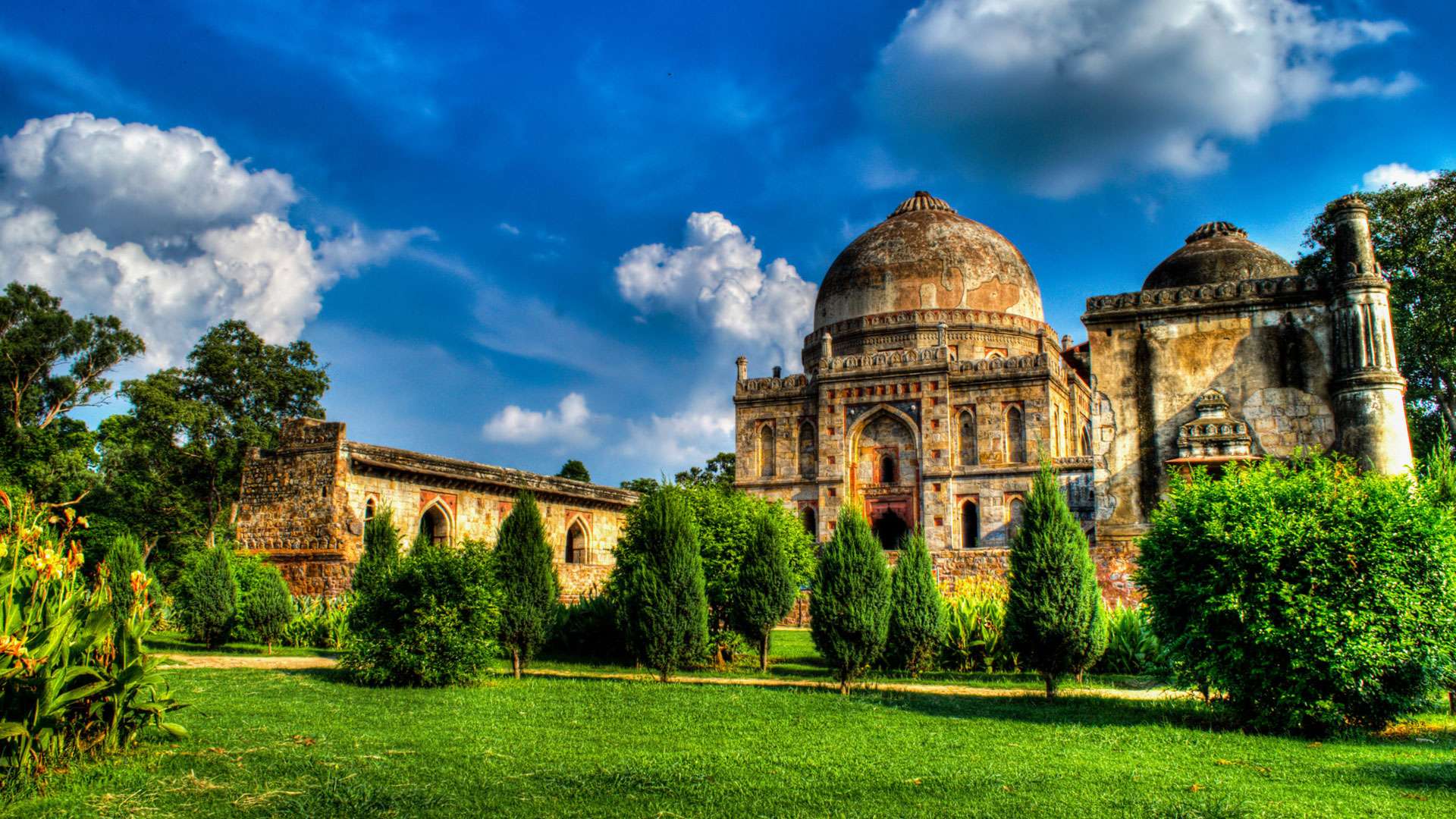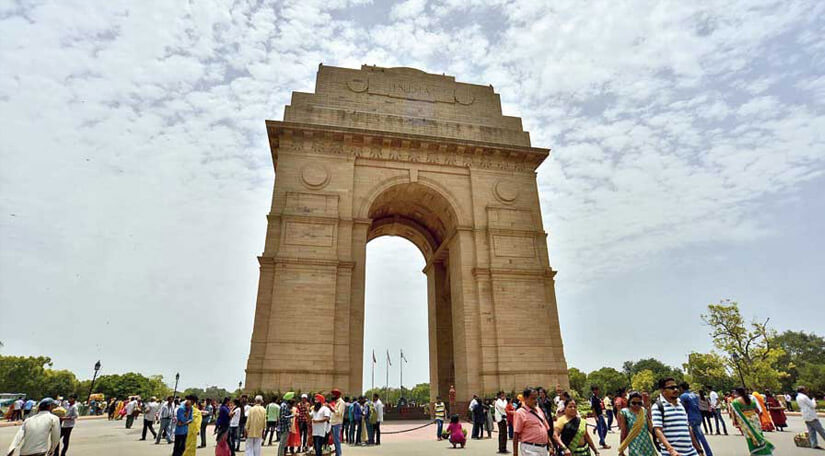National Science Day is celebrated in India every year on February 28 to mark the discovery of the Raman Effect by Sir C.V. Raman in 1928, for which he won the Nobel Prize in Physics in 1930. The day recognizes the importance of science in daily life and promotes scientific temper among people, especially students. National Science Day 2025 will focus on advancing scientific research, technological innovation, and raising awareness about the role of science in solving global challenges. It serves as a platform to encourage young minds to explore the wonders of science and contribute to technological advancements.
This day is celebrated across schools, colleges, research institutions, and scientific organizations with great enthusiasm. Special exhibitions, lectures, and science fairs are conducted to highlight India’s contributions to global science and technology. Government bodies and institutions take this opportunity to announce new research initiatives and funding for innovation. It also aims to bridge the gap between scientists and the public, making scientific knowledge more accessible. By recognizing the contributions of scientists, researchers, and innovators, National Science Day 2025 will inspire the next generation to pursue careers in STEM (Science, Technology, Engineering, and Mathematics) fields for national and global development.
Date & Venue of National Science Day 2025
National Science Day is celebrated every year on February 28th, honouring the discovery of the Raman Effect. The event will take place at various venues across India, engaging communities in scientific exploration and celebrating the nation's rich contributions to the world of science.
What is the Raman Effect?
The theory of the Raman effect states that when a wave of light specifically comes out of a liquid, it becomes scattered in a direction that is different from the direction of the incoming light wave.
Fundamentally, his research showcased why the colour of seawater looked blue to the human eye. In essence, it is all about understanding the flexible distribution of photon particles.
History of National Science Day
It was in 1986, that the National Council for Science and Technology Communication requested the Indian Government to designate February 28 as the National Science Day.
Then, in February 1987, i.e., on the first National Science Day, the NCSTC announced the annual distribution of National Science Popularization Awards to candidates for their outstanding efforts in the field of science communication.
Major Attractions of National Science Day
- Scientific Exhibitions & Innovation Displays – Leading research institutions, universities, and startups will showcase groundbreaking innovations, prototypes, and scientific discoveries.
- Seminars & Lectures – Eminent scientists and Nobel laureates will deliver lectures on the latest advancements in AI, space research, healthcare, and sustainability.
- Science Quiz & Competitions – Schools and colleges will participate in quiz contests, debates, and essay writing on scientific themes.
- Workshops & Hands-on Experiments – Interactive science experiments, robotics workshops, and space exploration activities will be organized for students.
- Awards & Recognitions – Scientists, researchers, and young innovators will be honored for their contributions to science and technology.
How to Reach Delhi
To reach Delhi you will need to travel an approximate distance of 1,427, 2,171, 1,516, and 1,580 km from Mumbai, Bengaluru, Kolkata, and Hyderabad respectively. Here are the details on how you can reach Delhi.
By Air
To reach Delhi, you will need to deboard at Indira Gandhi International Airport (DEL). Delhi is extremely well connected via air routes to several major and remote towns and cities. Many renowned air carriers operate to and fro with good flight connectivity. From the airport, you can easily take a cab, auto, bus, or metro to cover about 12 km to reach Vigyan Bhawan.
- From Coimbatore - Board IndiGo flights from Coimbatore Airport. The air tickets price starts from INR 5,000- INR 6,000
- From Guwahati - Board IndiGo, Spicejet, Vistara flights from Guwahati Airport. The air tickets price starts from INR 4,000 - INR 5,000
- From Cochin - Board IndiGo, Spicejet flights from Kochi Airport. The air ticket price starts from INR 4,000 - INR 5,000
By Train
Depending upon your comfort and budget, you can also plan a trip to Delhi via train. You can consider deboarding at the New Delhi Railway Station, Old Delhi Railway Station, or Anand Vihar Terminus.
While they all are considered as the major railheads of the capital, New Delhi and Old Delhi stations are the prime railway stations with overall very good train connectivity with other Indian cities. These stations also remain quite busy throughout the year with a great footfall of passengers. From both these stations, Vigyan Bhawan lies at a distance of hardly 10-11 km, thus, as you deboard at either of the stations, you can easily find a cab or auto to reach here.
- From Jaipur - Board Swarna J Raj Express via Jaipur Junction and deboard at New Delhi Railway Junction
- From Indore - Board Malwa Express from Indore Junction and deboard at New Delhi Railway Station
- From Ajmer - Take Swarna J Raj Express via Ajmer Junction and deboard at New Delhi Railway Station
By Road
Depending upon your location, you can travel to Delhi by motorable and easily accessible roadways. For this, you can book state or private-run buses online at fairly affordable rates from nearby cities. You can also book a taxi or rely on your own vehicle.
- From Jaipur - 273 km via NH48
- From Amritsar - 450 km via NH44 or NH52
- From Agra - 231 km via Taj Express Highway or Yamuna Expressway
Conclusion
National Science Day is a special time when we celebrate the wonders of science in India. It's a day to remember the brilliant discovery of the Raman Effect and appreciate the contributions of scientists. By promoting curiosity and knowledge, National Science Day encourages us to explore the amazing world of science. Let's continue to embrace the spirit of discovery, inspiring future generations to reach new heights in the fascinating realms of scientific exploration.
You can plan your trip and create your own route to the city with Adotrip’s technically driven circuit planner.
Frequently Asked Questions About National Science Day
Q1. Why is National Science Day celebrated on February 28?
A1. It is celebrated on February 28 to honor the discovery of the Raman Effect by Sir C.V. Raman on this day in 1928.
Q2. What is the theme of National Science Day 2025?
A2. The official theme for 2025 will be announced by the Department of Science & Technology (DST), Government of India closer to the event.
Q3. How is National Science Day celebrated in schools and colleges?
A3. Schools and colleges organize science exhibitions, quizzes, essay writing, and debates, along with workshops and guest lectures by scientists.
Q4. What is the significance of the Raman Effect?
A4. The Raman Effect explains the scattering of light, which led to advancements in spectroscopy, widely used in physics, chemistry, and medicine.
Q5. Who organizes National Science Day events in India?
A5. The National Council for Science & Technology Communication (NCSTC), along with universities, research institutions, and science organizations, coordinates events nationwide.

